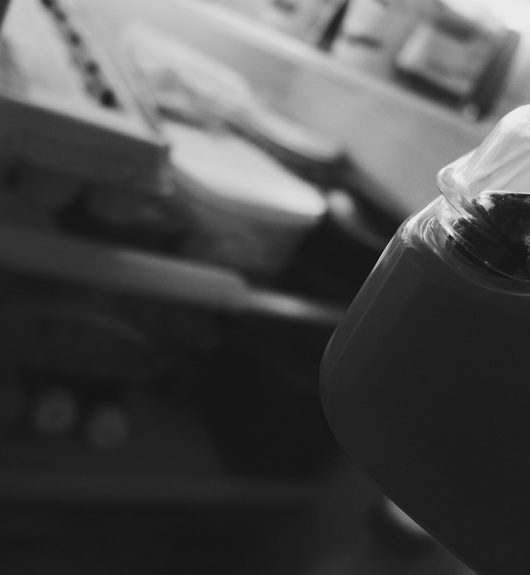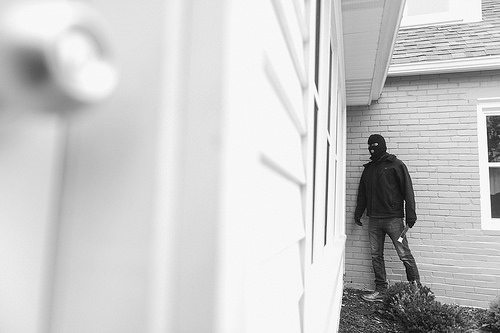How to choose the correct underlay for your flooring

You may think that the only things that matter when choosing wood flooring for your home is the type of wood and the colour/grade, however you are missing one of the most important process; choosing the correct underlay. This is often something that confuses customers, which is fine because we wouldn’t expect this to cross a consumers mind if they had for example hired a fitter for the floor. To put it simply, underlay is a slim layer of cushioning that is placed underneath the floor itself. This acts as an insulator, increases the comfort of the floor when it is walked on and also reduces the amount of noise that is transmitted through the floor. Underlay is manufactured using materials such as foam, sponge, rubber and sometimes recycled fibres.
There are many different types of underlay available on the market and understandably this can be quite confusing, how do you know what type of underlay is best for what floor? Well, that all depends on the type of subfloor that is being used – but what is a subfloor?! The subfloor is basically the foundation for a floor, this is what the floor will rest on and can be concrete, or wood. So, if you are installing your floor on a concrete subfloor then you will require a certain type of underlay. The underlay will need to have a built in Damp Proof Membrane, what this will do is prevent any moisture rising up and reaching your floor, resulting in the boards eventually expanding and potentially buckling – not ideal! If you are installing your floor on top of a wooden subfloor then you can use pretty much any underlay.
Much like a duvet, underlay has a tog rating to help you determine the quality and insulation of it. The higher the tog level, the greater the level of insulation; ideally you’re looking for a tog rating of around 1.0 for effective insulation. It also has something called a Decibel rating, this means that the higher the decimal rating the more effective it will be in reducing sound. A high quality noise reduction underlay will have a decibel rating of around 40db, so keep an eye out for these!
There are some catches with the tog rating though, for example if you were looking to install underlay on top of underfloor heating. If this is the case then you will need an underlay with a fairly low tog rating, that way as much heat as possible will be able to pass through the underlay and warm up the room. If you tried to use an underlay with a high tog rating then most of the warmth from the underfloor heating would get stored under and within the underlay itself as it is unable to pass through the dense fibres.
Although it is recommended to fit underlay with engineered wood and laminate flooring it isn’t necessarily required when installing solid wood flooring. In fact, due to how sturdy solid wood floors are you can get away with simply installing a damp proof membrane for protection alone.
Some underlays are also designed to help eliminate uneven subfloors, so as well as insulation and noise reduction they can create a level base for your floor to be installed on! With such a variety available to choose from it’s definitely worth your while to invest in this!









